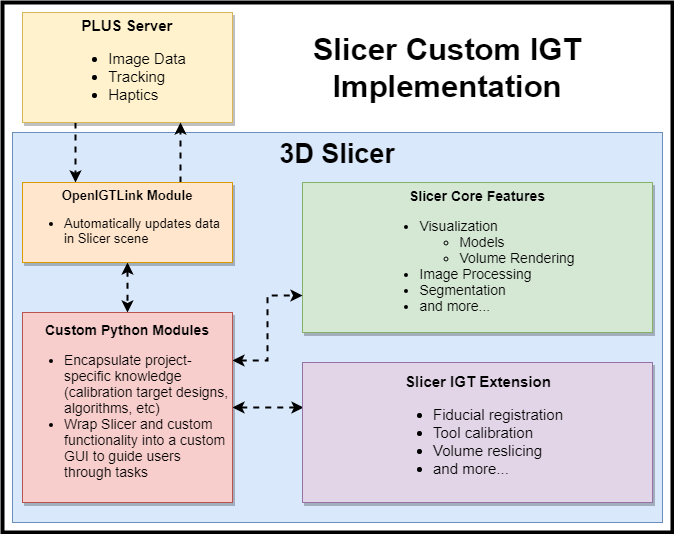Xoran Technologies and Kitware Collaborate on Image-guided Platform for Deep Brain Stimulation Surgery

Introduction
Deep brain stimulation (DBS) has become a standard of care for Parkinson’s patients and is a more effective treatment than other nonsurgical ones for Parkinson’s disease in its advanced stages. Current available stereotactic methodologies used for DBS have shown some deficiencies that make many patients become intolerant to the treatment. Xoran Technologies is building a novel system that can potentially reduce patients’ discomfort and decrease the medical cost of DBS procedures.

The company: Xoran Technologies
Xoran Technologies is an industry leader in medical point-of-care imaging with low-dose radiation, cone-based CT scanners that are used heavily in offices and operating rooms. The Xoran product line consists of the MiniCAT in-office CT scanner, the xCAT mobile CT scanner, and XoranConnect®—a web-based medical image viewing and archival tool. The products are designed to eliminate waste and inefficiency in healthcare.
Need: Why Xoran Came to Kitware
Xoran has been working on a prototype system that simulates a Micro-Targeting Platform (MTP) for DBS surgery. The prototype was based on the Image-Guided Surgery Toolkit (IGSTK). IGSTK is an open source, state-based framework for image-guided medical application that was initially developed in a collaboration between Kitware and Georgetown University. Several of IGSTK’s modules have been migrated to 3D Slicer, and the library is no longer under active development. Xoran approached Kitware for help improving the prototype, which includes hardware interfacing, registration/frame of reference management, visualization, and 3D data export. We determined that the application’s functionality would be best achieved using the application framework and modules available in 3D Slicer, SlicerIGT, and PLUS libraries.
Solution: Customized Application
The flowchart in Figure 1 shows the anatomy of the image guided therapy (IGT) platform’s implementation using Python and 3D Slicer. The core modules of 3D Slicer provide immediate access to 3D rendering, volume reslicing, and other visualization options. The SlicerIGT extension provides access to the PLUS toolkit through OpenIGTLink. PLUS/OpenIGTLink provides a communication interface for data acquisition for common medical imaging devices and trackers. OpenIGTLink is a network protocol for communicating with hardware devices. PLUS handles the specific details of the hardware interfacing, providing 3D Slicer with an abstracted data stream.
We leveraged modules available in SlicerIGT for commonly executed image guided therapy tasks such as fiducial registration and pivot calibration. Custom functionality was implemented in scripted Python modules. These modules can be run from stock Slicer installs, meaning that entire workflows can be prototyped and tested without any coding or compiling in C++.

Summary
The project provides just one example of how Kitware partners with technology companies to build powerful applications using open source solutions such as 3D Slicer and PLUS. For other examples of Kitware’s work on collaborative projects, please read its “Kitware customer highlight” series. To learn more, please contact kitware@kitware.com.